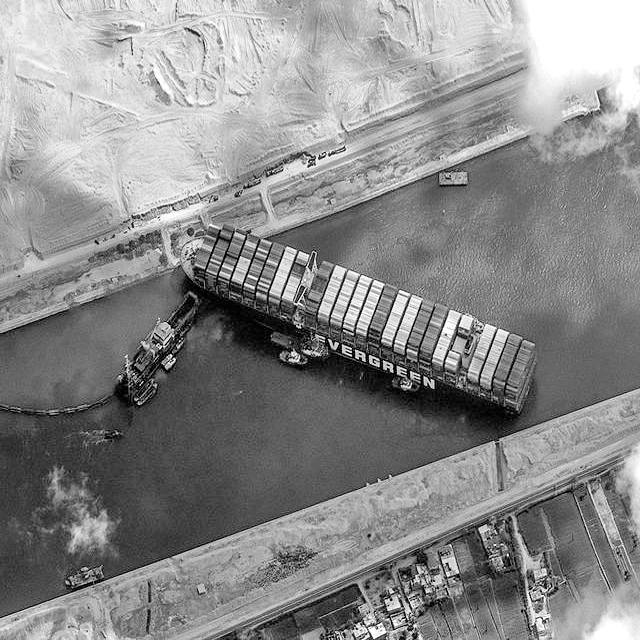Over the past 14 years we have been living in a world of artificial prices for financial assets supported by the ever-increasing quantitative easing, low volatility, and unusually low dispersion. All of that is now changing.
Commodities have outperformed other asset classes in 2022 after being a forgotten asset class for over a decade.
Commodities are a volatile asset class, but active commodity strategies can deliver superior risk adjusted returns by taking advantage of idiosyncratic supply and demand dynamics and the significant dispersion of individual returns. More importantly, they can protect from the significant drawdowns that are characteristic of long only passive investments, i.e., ETFs.
In the following thought-piece we cover...
- Why should investors consider an allocation to active commodities and why now
- Commodity Price Super-Cycles
- Commodities vs Stocks and Bonds
- The Case for Commodities: Supply Constraints, Demand, Inflation, Ownership
- Active Commodity Investing
- Commodities: The Next Frontier (China)

Short-term driving factors (1-3 years)
- Commodities should continue to provide excellent opportunities, both long and short, due to structural shifts in the global economy that are compounded by short-term supply and demand imbalances
- Inflationary pressures should persist and the supply destruction that occurred at the end of the previous super cycle will build the foundations for a new super cycle going forward
- Covid, lockdowns and the war in Ukraine have also impacted supply in the short term across most sectors including energy, precious metals and agriculture
- Commodities offer inflation participation and will also benefit from a weakening dollar
Long-term driving factors (3+ years)
- Supply deficits will persist since years of depressed prices, government policies and the push to ESG have caused significant underinvestment in the energy and basic material sectors
- The shifting geopolitical landscape suggests that the relatively free flow of commodities will not return
- Longer term demand pressures will continue due to the transition to clean energy, the continued population growth and urbanisation, and the electrification of the world.
- Investors are under invested in commodities due to a decade of poor performance and high volatility. We believe investors will start to look at incorporating them into their asset allocation frameworks within the next 18 months as the recent track record gets extended and there is continued outperformance versus both equities and bonds

